The Ghan – The Trans Australian train that goes from the north to south, through the heart of the continent
It is not the Transiberian, but it is just as much exciting. The Ghan is a train that travels from Darwin in the north through the heart of Australia, to Adelaide on the south.
The 54-hours long, transcontinental journey through a 2,979 km (1,851 mi) long route makes the Ghan a living legend in the Australian history.
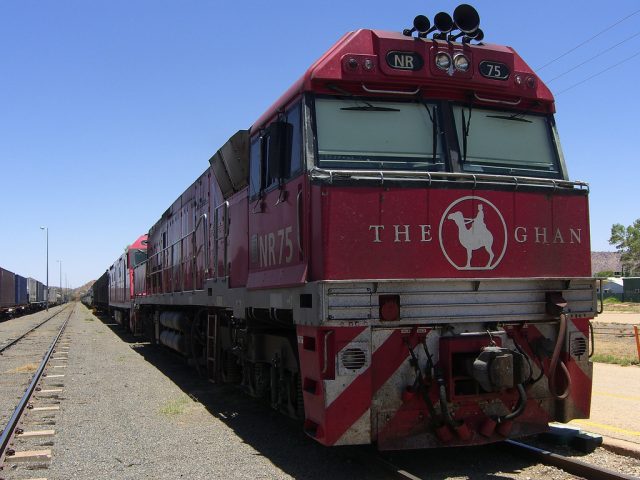
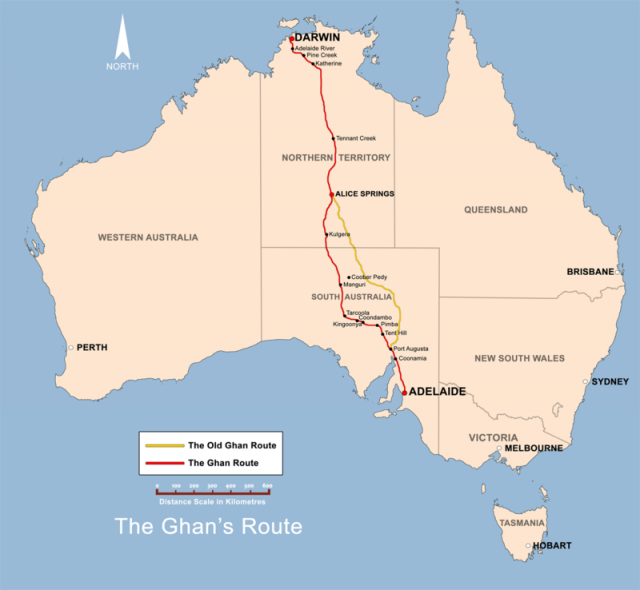
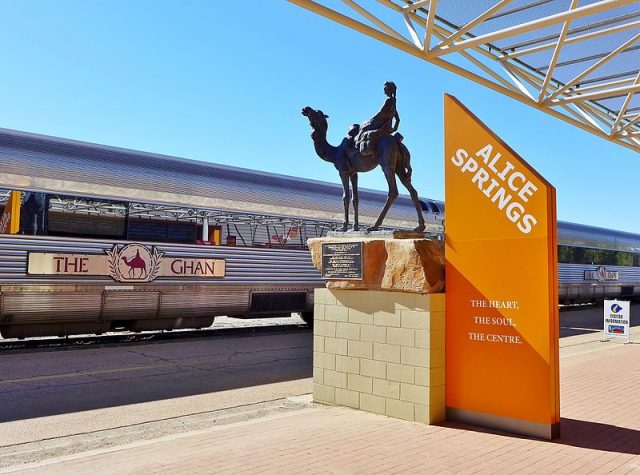
Now, why is it called “The Ghan.” You know, Australians have this habit of simplifying long names and words, so “The Ghan” is an abbreviated version of “The Afghan Express” which was the old nickname of the train. The name appeared somewhere around 1923 and was probably used by some of the train’s crew.
One version is that the name honors the camels that were imported in Australia in the late 19th century to help explore the vast space of the continent.
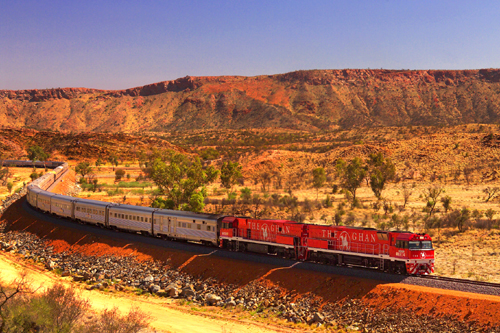
Another version holds that in 1891, the small town of Oodnadatta was reached with the railway from Quorn. The town was known as the base of more than 150 cameleers, most of then Afghans.
When the train made its first return journey from the town, back to Quorn, an expensive sleeping car was attached to the train, and the only passenger inside was an Afghan. So the crew started mocking the passenger and even after the journey ended, and the passenger left the sleeping car, the joke remained and became the common name used for the train.
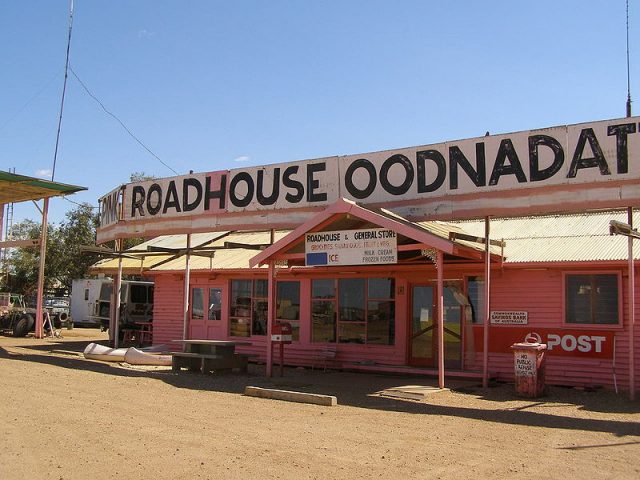
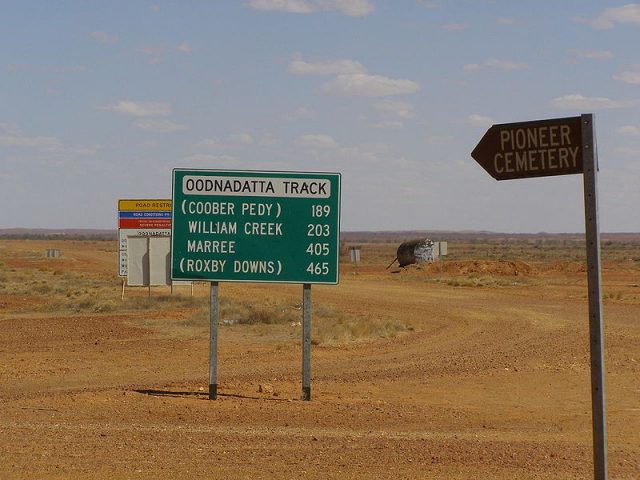
The first journey of “The Ghan” started in August 1929, and it traveled only the Central Australian Railway on a narrow gauge line where the most northern point was Alice Springs. In 1957, when a new line opened, the Ghan circulated only north of Marree.
That is today known as the original route of the Ghan, or simply called the original Ghan whose last journey was in 1980.
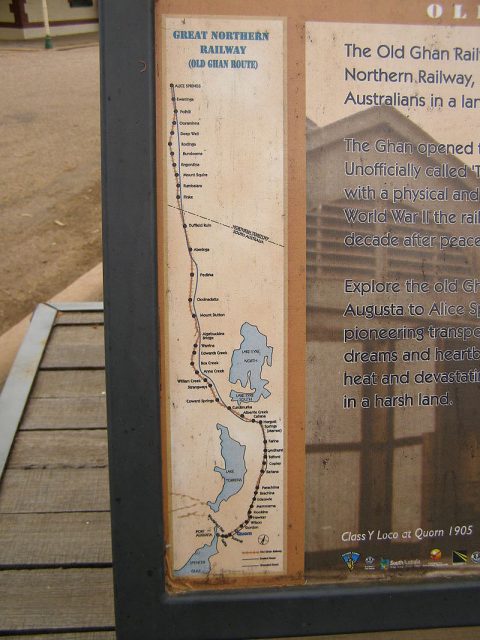
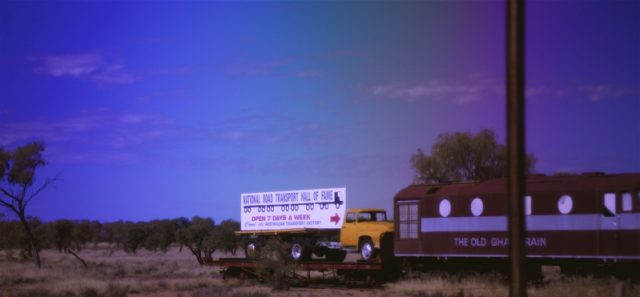
By October 1980, a new line between Tarcoola to Alice Springs was construed with standard gauge, as part of the Trans-Australian Railway. The railways extended, so did The Ghan’s route. However, until 2004, it reached only Alice Springs in the north.
In 2004 the railway between Alice Springs and Darwin was finally replaced, and The Ghan could finally reach the northern shore of the continent, “cutting” the continent in half.
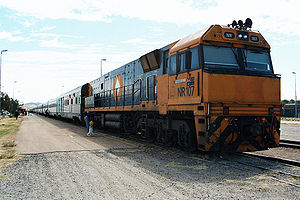
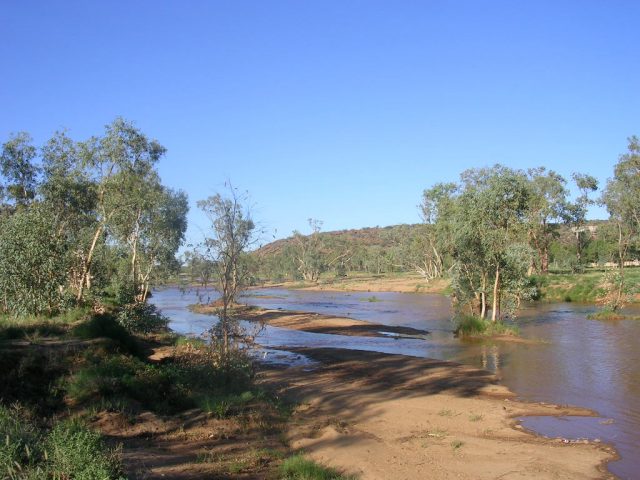
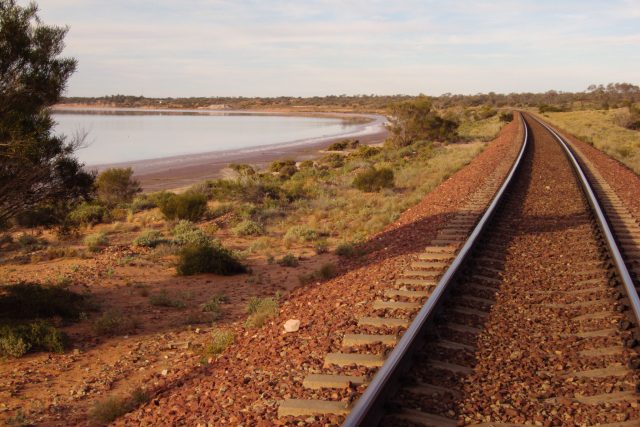
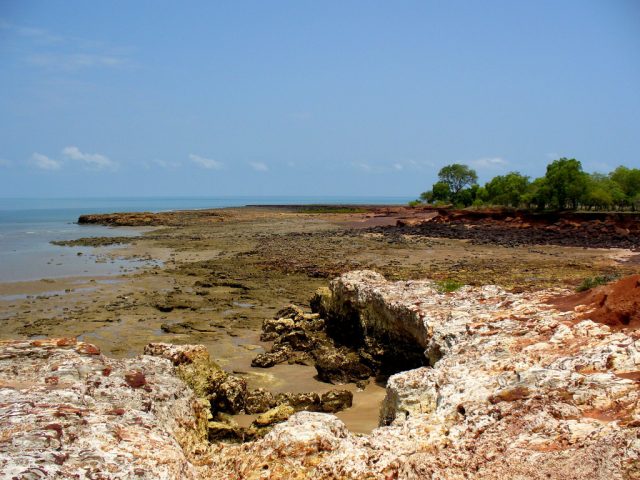
The Ghan has between 16 and 26 stainless steel carriages that were built in the early 1970s in Comeng, Granville. The passengers can choose between the Gold Service which is all inclusive and of course the most expensive and includes meals, complimentary toiletries, bath towels, and a few other benefits such as using the Lounge and the Restaurant Car of the train.
Another option is paying for Twin and Single cabins with a bathroom that includes three seat lounge which transforms into sleeping berths and has a wash basin, toilet, and shower. The third option is traveling in a Single Cabin with a shared bathroom.


If someone is willing to ride on the Ghan, you should now that it usually runs weekly year-round. There was an additional service until 2016 that operated between June and September.
There is an open timetable that shows the departures and the route until 31 March 2017.

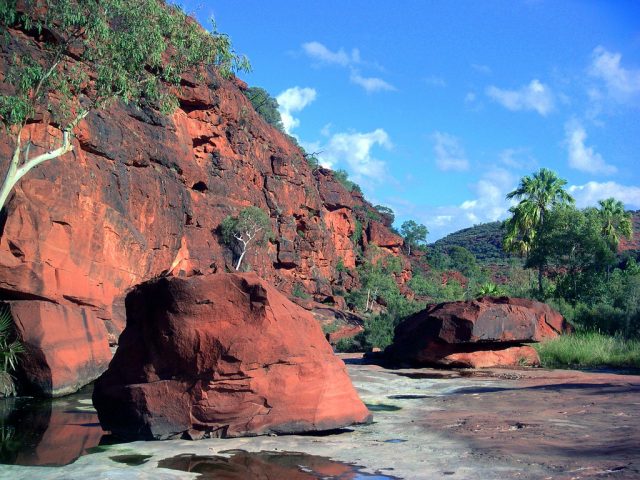
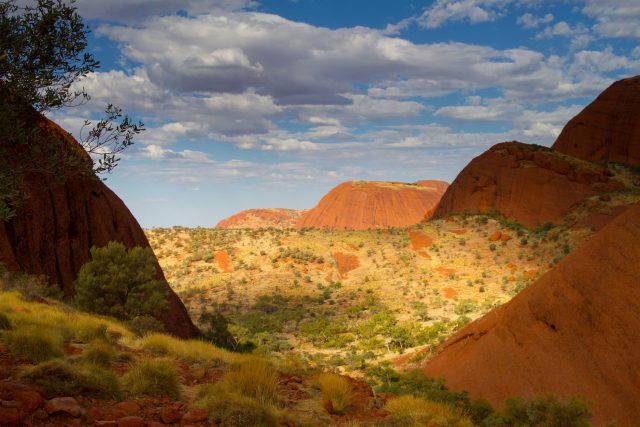
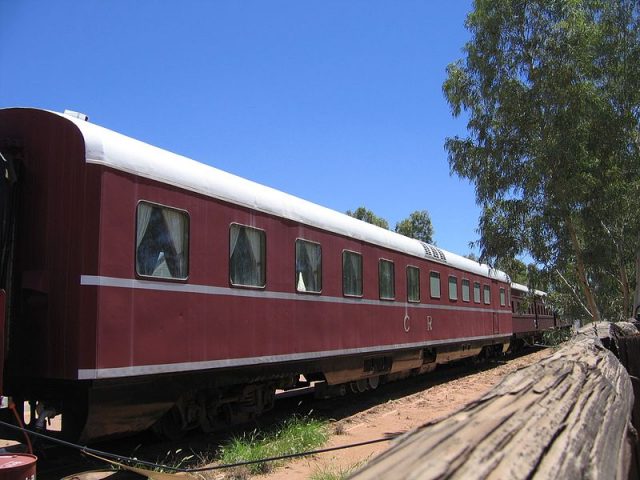
The best part is that the Ghan is not just passing through, taking you from the north to the south.
It actually makes stops for a few hours in Katherine and Alice Springs from where the passengers can explore Uluru (Ayers Rock), Palm Valley, the King’s Canyon, and Kata Tjuta (The Olgas).





